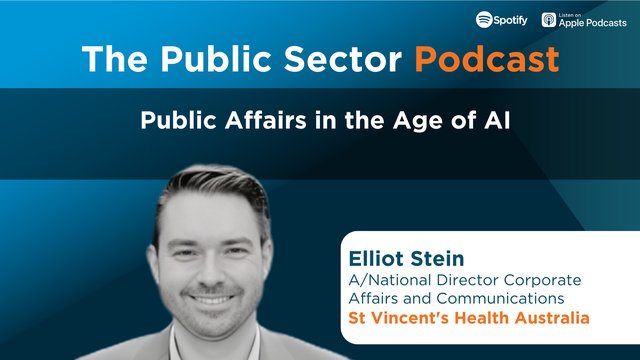Creating an Effective Multi-Channel Customer Experience Strategy to meet expectations and manage cost to serve

Hear from Vibhuti Chopra , the Director, Strategy Partnerships and Growth from Upper Hutt City Council on creating and increasing citizen engagement in local government.
In this article, Vibhuti discusses:
- Importance of communication
- Local councils – top down need to have genuine, consistent and periodical communication with the community
- Different interactive mediums for engagement and transparency
Why communication is so important
Good communication is critical in any kind of institution , particularly in a local government because it is often said that local councils are the closest form of government to the people.
In fact, Vibhuti Chopra , the Director of Strategy Partnerships and Growth at Upper Hutt City Council outside Wellington, says that “ good communication can solve most, if not all, problems.” This has been particularly relevant to them because “about 18 months ago” they began “developing our organisational strategy.”
Very early on it became clear that “enhancing citizen engagement” would be a large part of the strategy process. It also became clear that the strategic process had “ two core aspirational outcomes: for us to be trusted by the community to deliver services, and to be valued by the community as enablers of wellbeing.” In order to achieve these lofty aims, it also became obvious that “enhancing customer engagement and increasing the interaction that our citizens have with us,” would be the way to achieve these outcomes.
Creating a platform to hear from the community, “to engage with us and to get buy in from them,” became a core part of the “communications and engagement strategy.” But before such a platform could be created, “we needed to communicate ‘the why’.” These days as a society “we are generally very time poor.” If someone was to engage with any service, particularly a government service or agency, they need to know “what’s in it for them and what they can gain out of it.”
Getting buy in from the community
The whole organisation, from the top down, needed to understand “why we want the community to engage with us. We needed to articulate it.” In many ways, the reasons for engagement “were known intuitively,” but often even people within the council expressed those reasons differently. So the council came together and identified “the reasons we want our citizens to engage with us: to help shape the community they live in; to enhance social cohesion and a sense of connectedness; and by extension that means they’ll experience the resultant benefits and will be committed to and have pride in their community.”
It is only with “community buy in that we can all head in the same direction.” And when that direction is identified, articulated and paved, then it can be communicated to the whole community and everyone should be able to see the journey plan and understand how it came about.
Communicating with the community must be “consistent and periodical.” If this is a journey – which it is – then there is little value in communicating only once or in an ad hoc manner. In a community, especially a local council, people come and go and “the community changes. So it’s important that we consistently deliver why we want our people to engage with us, and that we do that regularly.”
However, even regular and consistent communication is not effective if it is not genuine. In other words, there needs to be a commitment from the leadership and from the whole organisation that “we respond to what the community has asked us to do.” Obviously not everything can be carried out, and what one section of the community might want will be different to what another section of the community will ask for. “However, we have to be genuinely committed to it, and if we can’t deliver, it’s important that we communicate that back to the people and are transparent about it.” Generally, if the intentions are genuine but for practical reasons things can’t be delivered, then most people accept that.
Regular and appropriate engagement is crucial
To really ensure that the intention and the engagement is genuine, it is “key to define that at the start,” especially because managing that engagement “will cost time, effort, energy and money.” As mentioned, the key to good engagement is regular engagement . “It is a journey and we don’t need to do it all at once.”
In other words, if councils only engage with their communities when they need something or when they have a “legislative requirement,” that is neither consistent nor entirely genuine. The best engagement is when there is a “ platform for the community to engage with us when they want to, when they have thoughts and ideas at the top of their minds.”
This is particularly important because that is “where long term planning and strategy comes from,” and how councils get buy in from their citizens. To achieve this, Upper Hutt City Council created “different interactive mediums ” to allow the community to engage and to “increase transparency.” The goal now is to incorporate the engagement into the strategies and actions of the council. This will provide the trust and value that they are seeking, and will also have “the added advantage of demystifying what council does throughout the year.” Obviously to be successful though “it will take time, commitment and the investment of the entire organisation.” However, though this journey began only 18 months ago, there already appear to be positive results. The feedback platforms have recently received “nearly a thousand thoughts and ideas” in recent times, which is “a three-fold increase” on a similar process from three years ago. “We therefore think we are on track and are committed to the journey and to staying the course.”



































